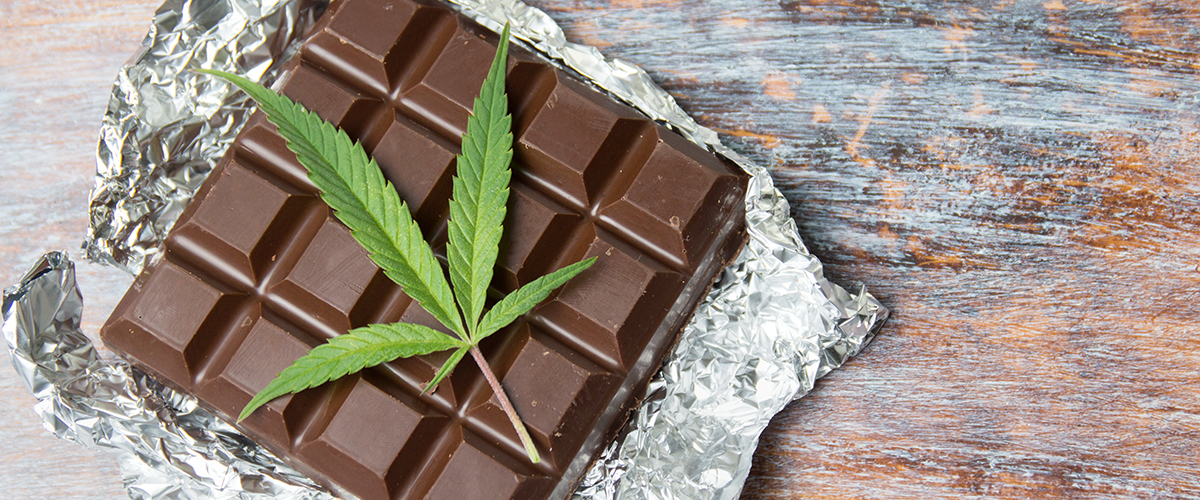Researchers suggest using symbols or words to express THC potency in cannabis products to better inform consumers.
Does reading a label on a marijuana edible have you scratching your head wondering what it all really means? A new study out of Canada indicates you are not alone. Researchers from the University of Waterloo found that most cannabis consumers are not able to identify whether a cannabis edible contained ‘low’ or ‘high’ levels of Tetrahydrocannabinol (THC) after reading the label.
David Hammond of Waterloo’s School of Public Health and Health Systems said in a news release that when consumers scan the THC percentage on a cannabis product’s label, it “has little or no meaning.”
“We’ve known for many years that people struggle to understand the numbers on the back of food packages and cigarette packages. Consumers seem to have equal or even more difficulty with THC numbers, which are used to indicate the potency of cannabis products,” Hammond said.
The study was conducted via a survey of 870 Canadians ages 16 to 30. Researchers conducted two experiments on the group in 2017. The first was to see if the consumers could understand the correct serving size of a package. The other experiment looked to see if consumers could understand product potency.
According to the survey, approximately 6 percent of cannabis consumers were able to correctly identify the recommended serving size on products that had no label, or only listed the weight, while 77 percent were able to identify the serving when the dosage was listed.
As far as correctly identifying the potency, only 33 percent of respondents could tell if a product had a high THC potency by reading the THC information on the label. However, researchers did test out an alternative labeling scenario.
“Traffic light” labeling could be a good alternative to reduce product label confusion. The researchers found that a ‘traffic light’ system, applying traffic light colors to indicate potency, helped out two-thirds of respondents to properly identify products with high levels of THC. That percentage is double the amount of those who only used numerical THC information.
Hammond suggested effective THC labeling and packaging could help prevent accidental over-consumption of cannabis edibles and the unwanted adverse effects.
In conclusion, “few consumers can understand and apply quantitative THC labelling; in contrast, THC labels that provide ‘interpretive’ information, such as descriptors, symbols, or references to servings have greater efficacy,” the study’s authors wrote.
Find access to the cannabis study, “Cannabis labelling and consumer understanding of THC levels and serving sizes” published by the journal Drug and Alcohol Dependency, here.
How to Assess THC Labels
Those little numbers and percentages on cannabis packages can be confusing for anybody. It’s important to note that each state differs and there is no official nation-wide industry standard for calculating the total THC of a cannabis product.
According to Leafly, the major indicator to look for on a label is the “total potential THC.” Other things to consider are the means by which the product will be consumed. Is it an edible, flower, or a tincture?
More on Cannabis
Want more news on cannabis scientific research? Visit our cannabis scientific research page for the latest articles on new developments in the scholarly world of cannabis.
To read more about cannabis news in business or politics, check out our cannabis industry news page.






